If you know me, you know that a good sort is one of my favorite instructional strategies. I actually think my grade level colleagues get sick of me saying, “Let’s use a sort to start that lesson!”
BUT I really believe in the power of classifying to help students develop their ideas and hone their meta-cognitive skills. (If you haven’t read Classroom Instruction That Works: Research Based Strategies for Increasing Student Achievement, I highly recommend it. This is an affiliate link!)
Improve Sentence Writing with a Sort
When I realized a few of my students were struggling with writing complete sentences, I immediately thought a sort might help them identify what a run-on sentence is and then we could work on fixing it! I just knew a good sort would help improve sentence writing in my class. This activity took 1-2 days with my class, and one day when I worked with a small group.
Materials
To do this activity, we used:
- a set of cards with examples of complete sentences, run-on sentences, and sentence fragments
- vocabulary posters
- individual whiteboards and markers
You can make your own cards with sticky notes or index cards, or you can grab the ones I used in this resource.
Set Up and First Sort
First up, I spread all the cards out on the table. Instead of telling my group the categories ahead of time, I asked them to read the cards and see if they noticed anything they might have in common. They took turns reading each card aloud. The kids noticed that there were some cards that were “missing something” and some cards that were missing punctuation. They weren’t quite sure about the others. We put those into a separate pile.
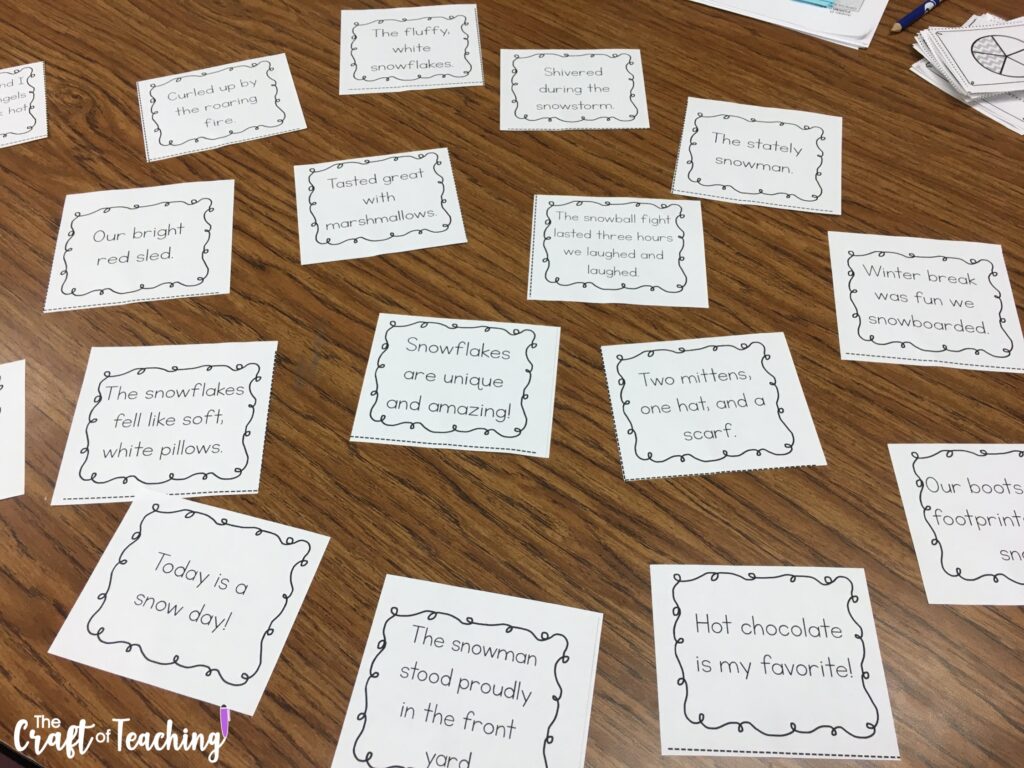
Naming Categories
After reading aloud each card and sharing what they noticed, I asked them to think about how they would group the cards. They settled on “missing something,” “missing punctuation” and “not missing anything.” As a group, they sorted all the cards into their chosen categories. Once they were finished, I showed them the three vocabulary posters with the “proper” names, and asked them to decide if any of them fit the categories they made. They decided that “missing something” was a sentence fragment, “missing punctuation” was a run-on sentence, and “not missing anything” was a complete sentence. We then added the posters as the heading to their categories.

Fixing Up Sentences
At this point in the lesson, I was able to tailor it slightly toward the specific students in my group. This group happened to be writing lots and lots of run-on sentences, so I chose to focus on that skill for the group. (Depending on your students you could focus on fragments at this stage or a little of both!) We chose one of the run-on sentences from the cards and I wrote it on my mini-whiteboard. The group discussed where the punctuation should go to make it “sound right,” and then we fixed it up.

We did two examples together and then I asked them to fix two with their partner. They shared the ones they chose and how they fixed them up. Reading the run-ons aloud really helped them to hear where the punctuation was missing. They even created some compound sentences using conjunctions once they got the hang of it!
Whole Group Sentence Sort
When I did this activity with my whole class, we kept pretty much everything the same. The only differences were that they did the initial sort and discussion in small groups, and then each group shared about where they placed one (or more) of the sentence cards. They explained their thinking and then added the card to a category on the board.
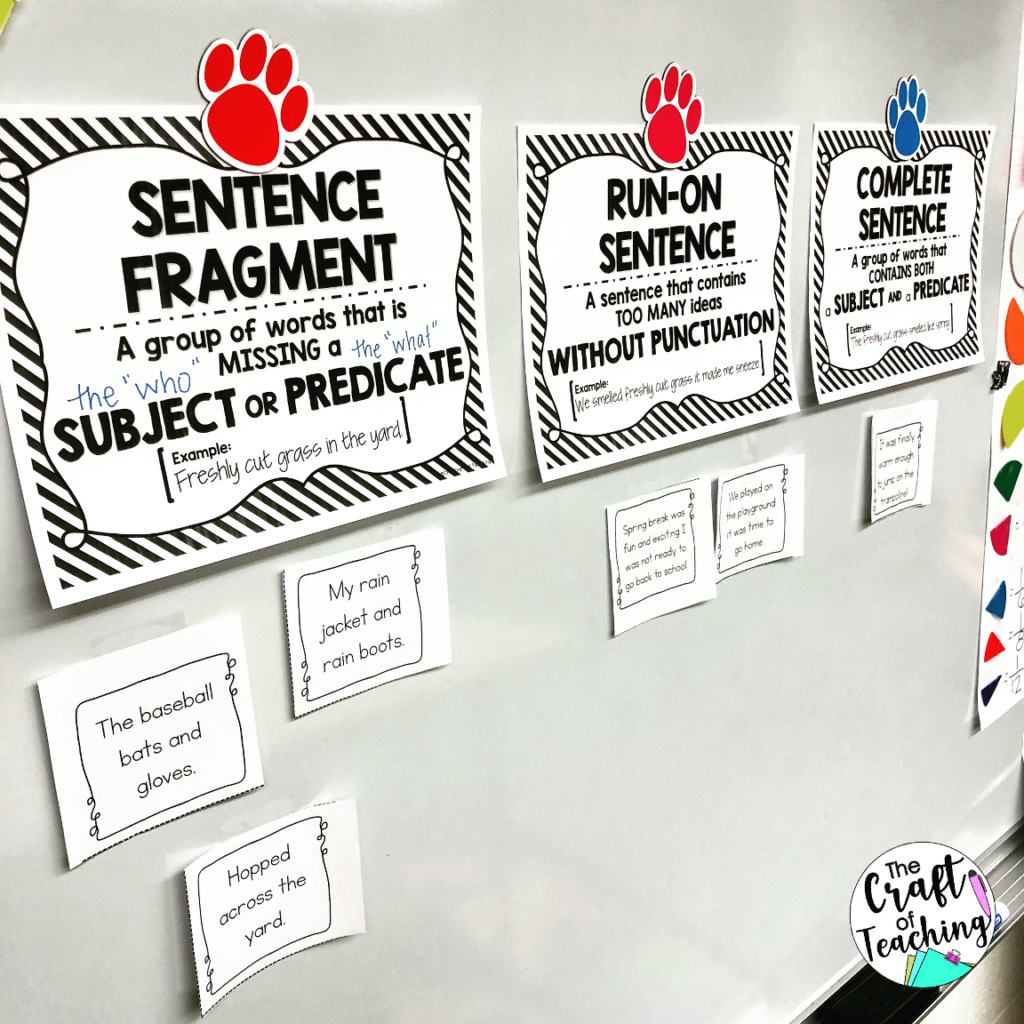
This was a great way to get the class up and moving, as well as facilitate some great discussions about what fragments, run-ons, and complete sentences were. After this activity, the whole class moved on to some independent practice.
Independent Practice
On this particular day, we were writing a response to some articles and videos about our science unit on weather. I asked the group to go back to their writing, look for any run-on sentences and use what we just learned to fix them up. And luckily for me, Google drive saves any and all changes the students make, so I was easily able to see if they could apply their learning!
I noticed that this student was able to find some lengthy run-ons and add the correct punctuation! Certainly not perfect, but I was happy to see some transfer into their everyday writing.
Another option for some independent work would be these practice pages. There are quite a few options for kids to practice! You can find them (along with the cards) here.
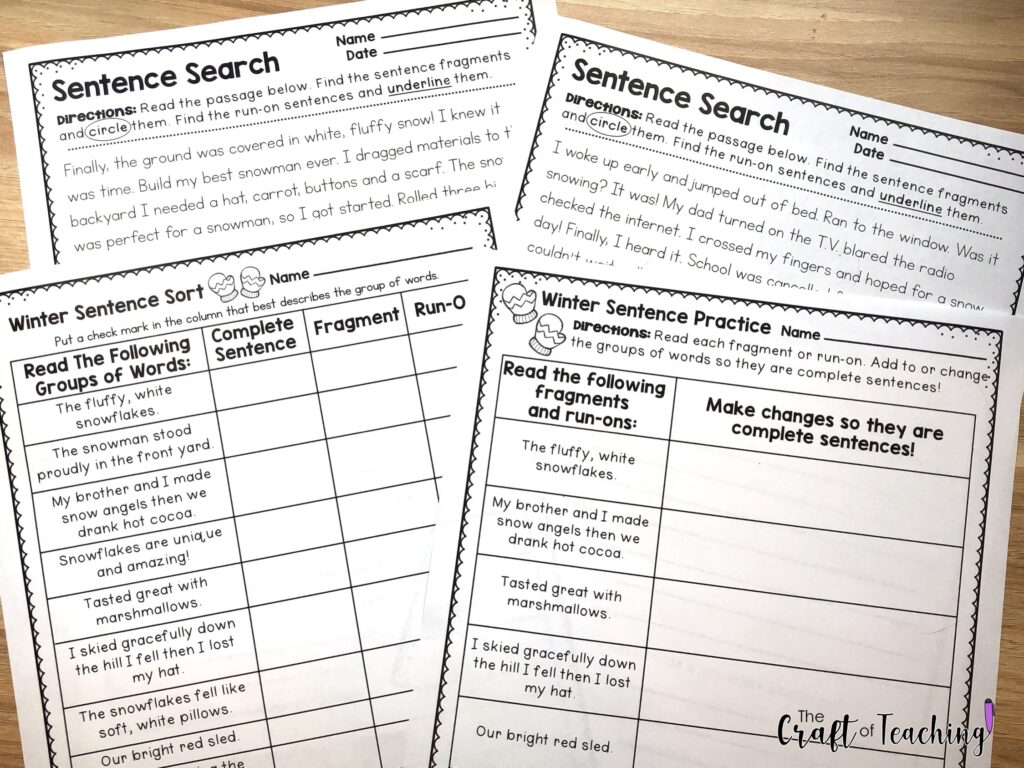
Wrap Up
After this lesson, several of the students in the group reminded me about their learning and showed me how they used their new skills in their writing! I could see students using the vocabulary posters and helping each other edit and revise their sentences. I’d call that a win!
Resources
It’s totally possible to do this activity with sentences you create or with your students’ own work! You can copy sentences onto index cards or sticky notes, and have students sort those.
If you are ready to give sentence sorts a try, grab this free guide to get you started! It has all the directions, as well as a few cards to get your students started sorting!
The resources below are simply time savers for you! They have everything you need for the sorting, the independent practice, a quiz, and even some bonus resources for creating complete sentences with subject and predicate. Each one has a different theme so you can use it during different times of the year.
You can also save yourself a bit of money and grab all three in the bundle.
This activity was a game changer, especially for some of my struggling writers! If you try it with your class, I’d love to hear about it. Please leave me a comment below! And if you are interested in more teaching ideas delivered straight to your inbox, make sure to sign up for the Craft of Teaching newsletter. We’d love to have you join our community!
Happy sorting!!

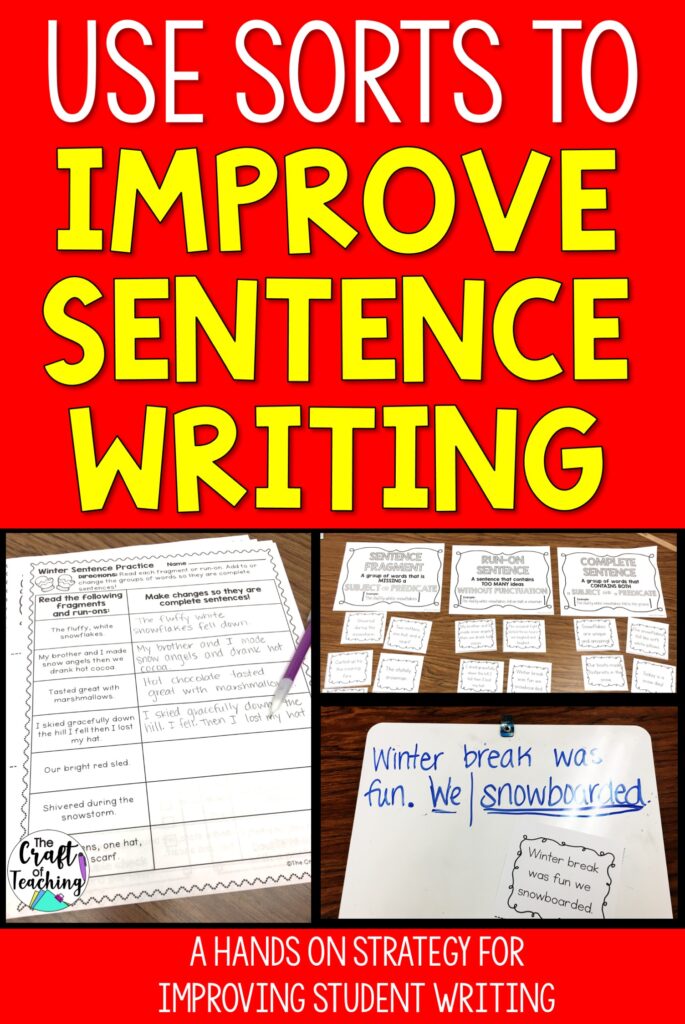
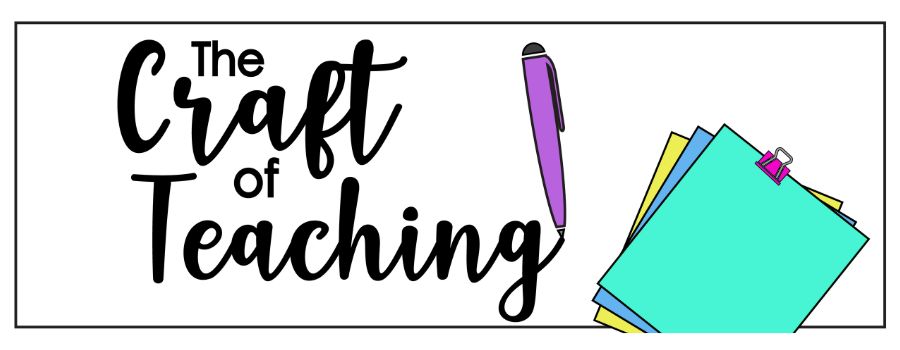
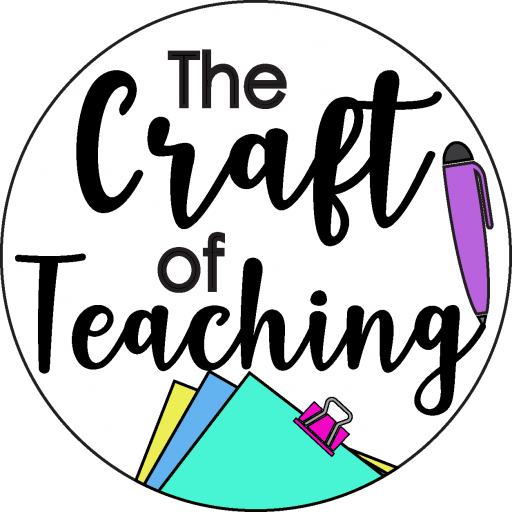




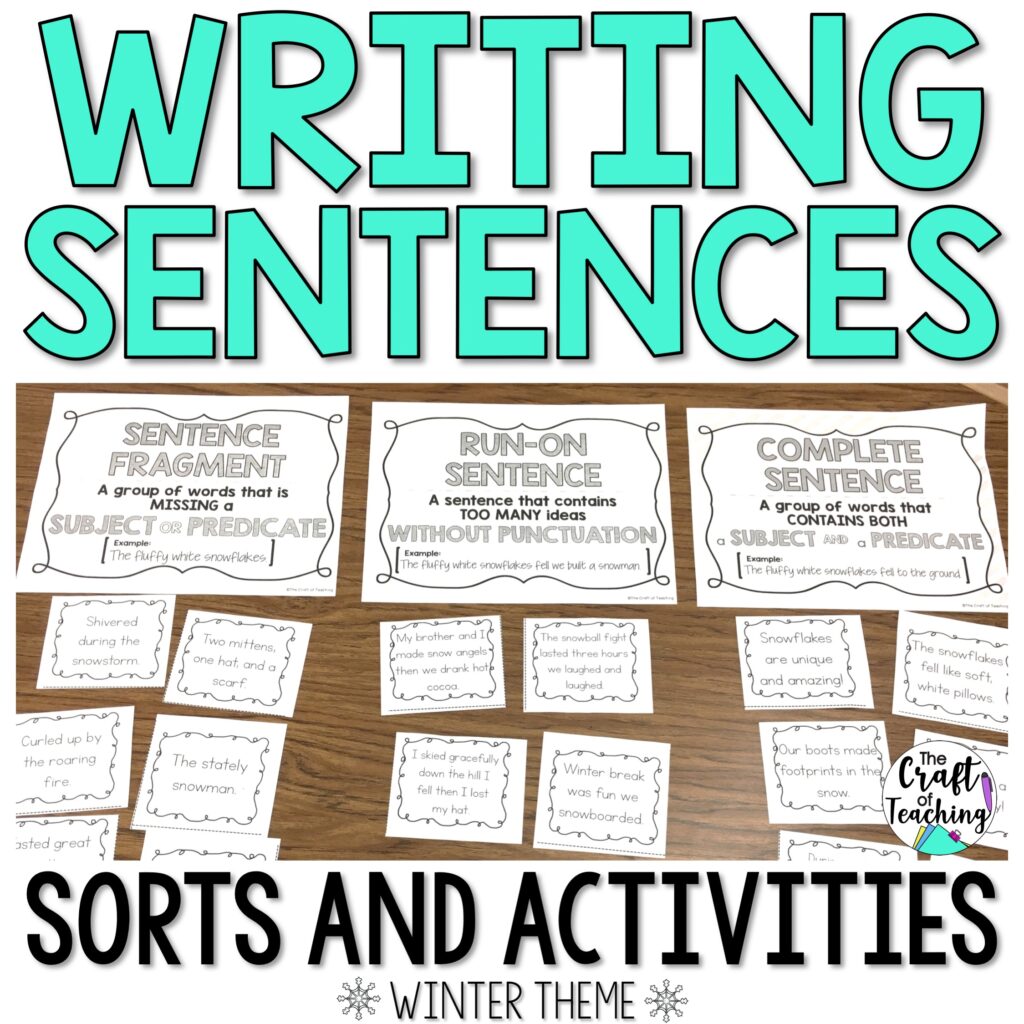
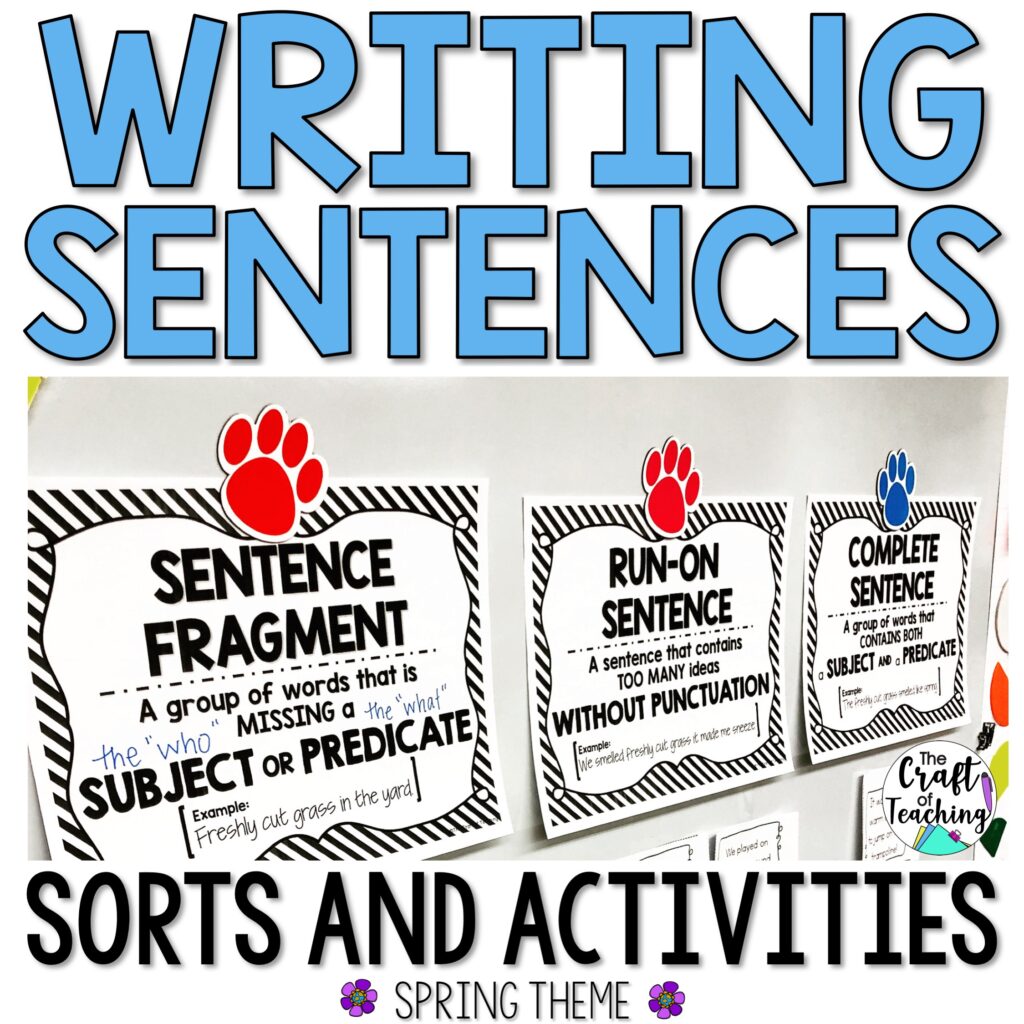
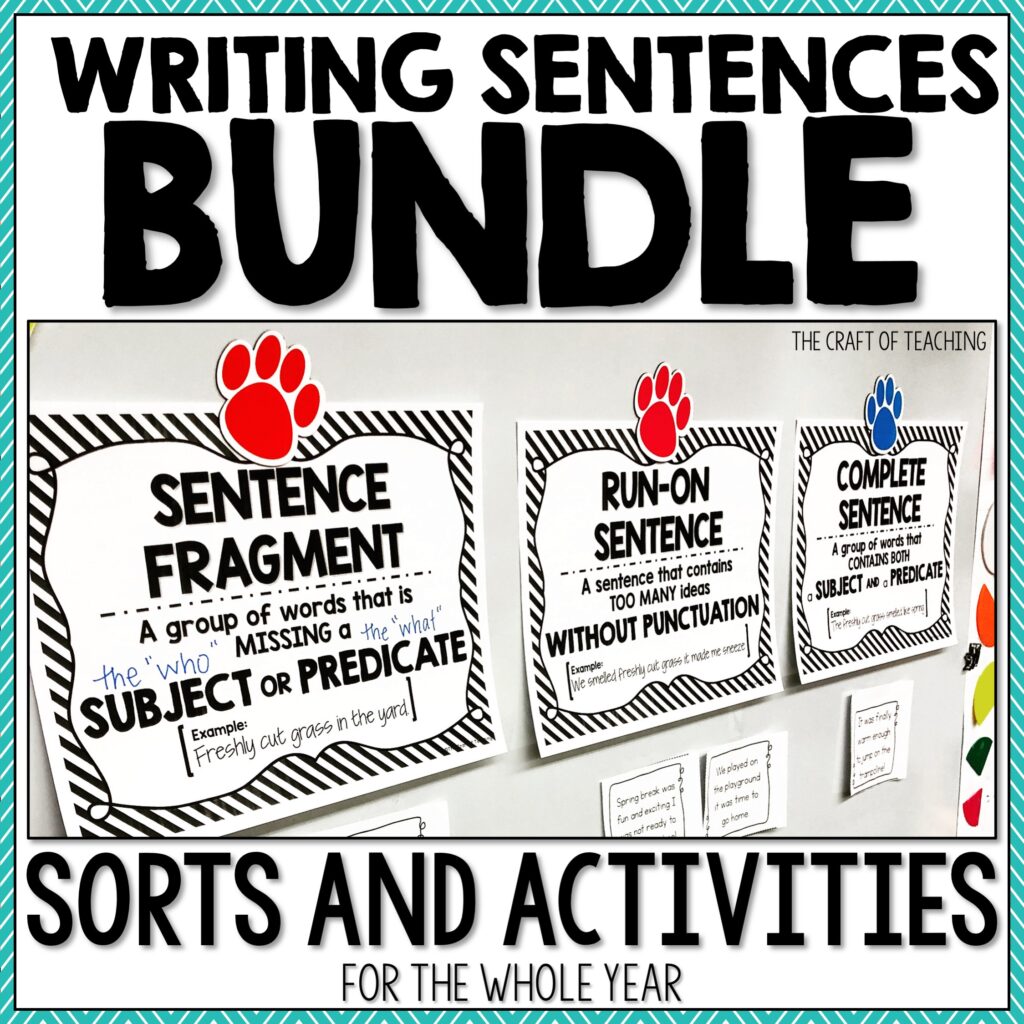

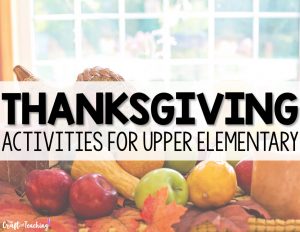
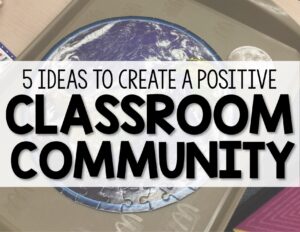
Love this lesson! I love a good sort too! Such a great strategy!
Thanks, Kelly! Great minds… 😉